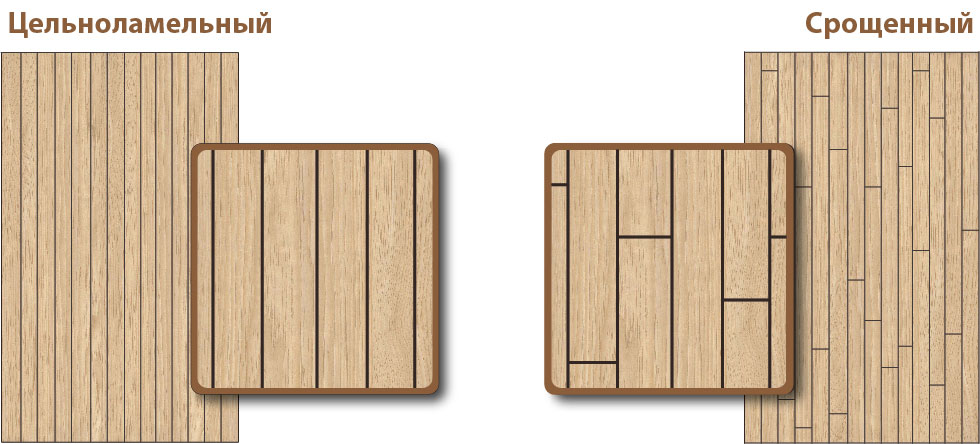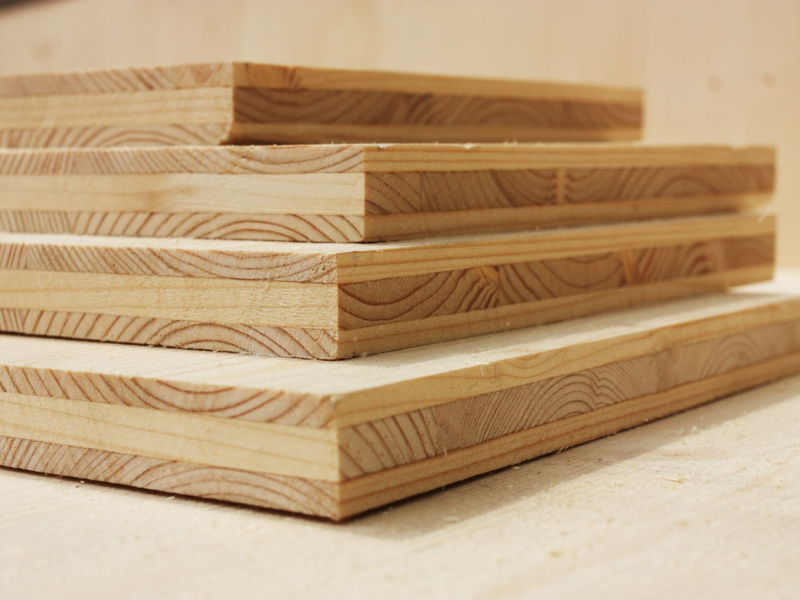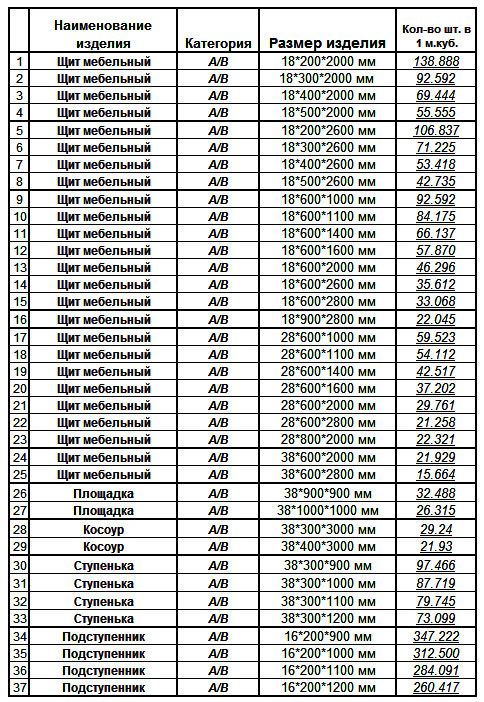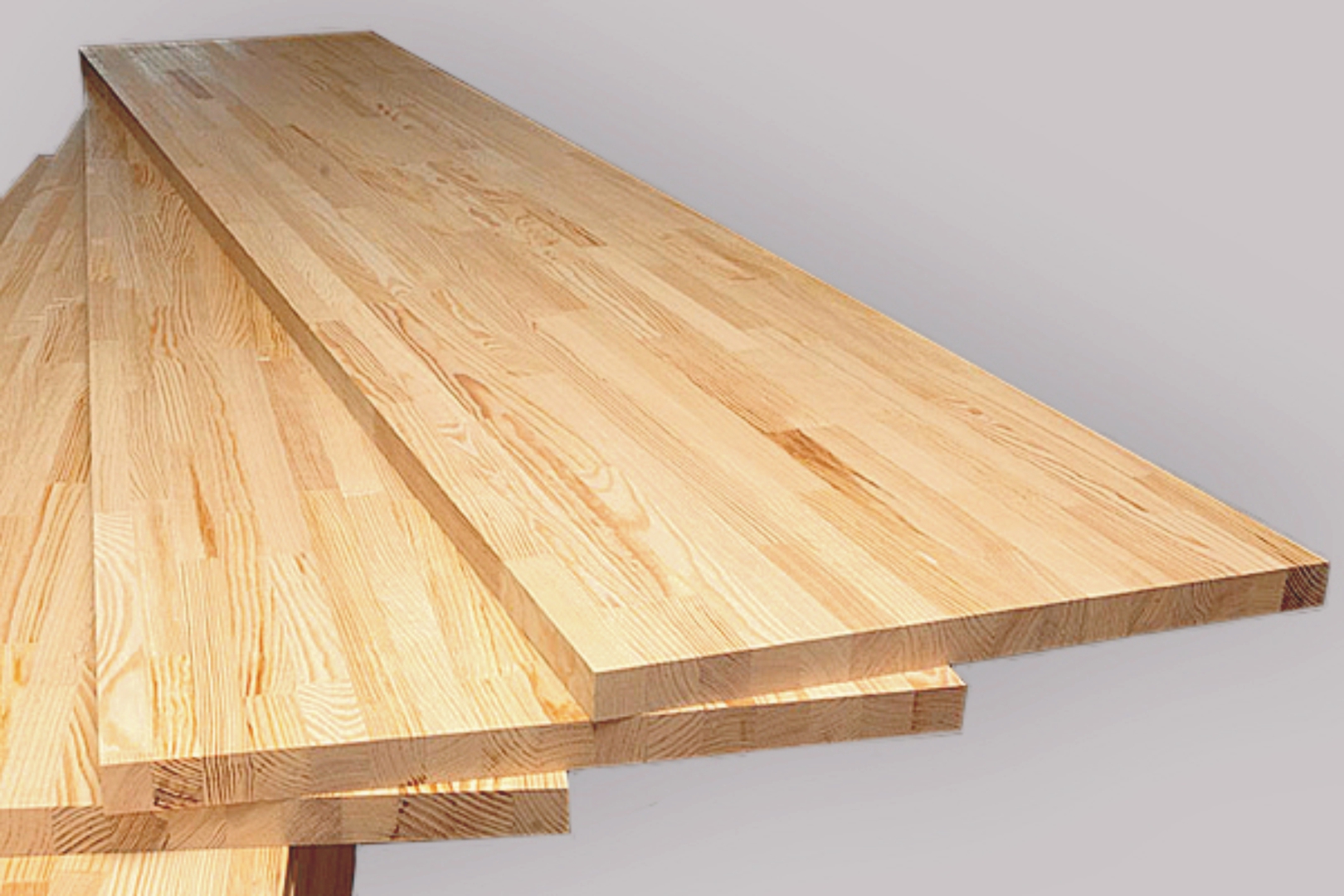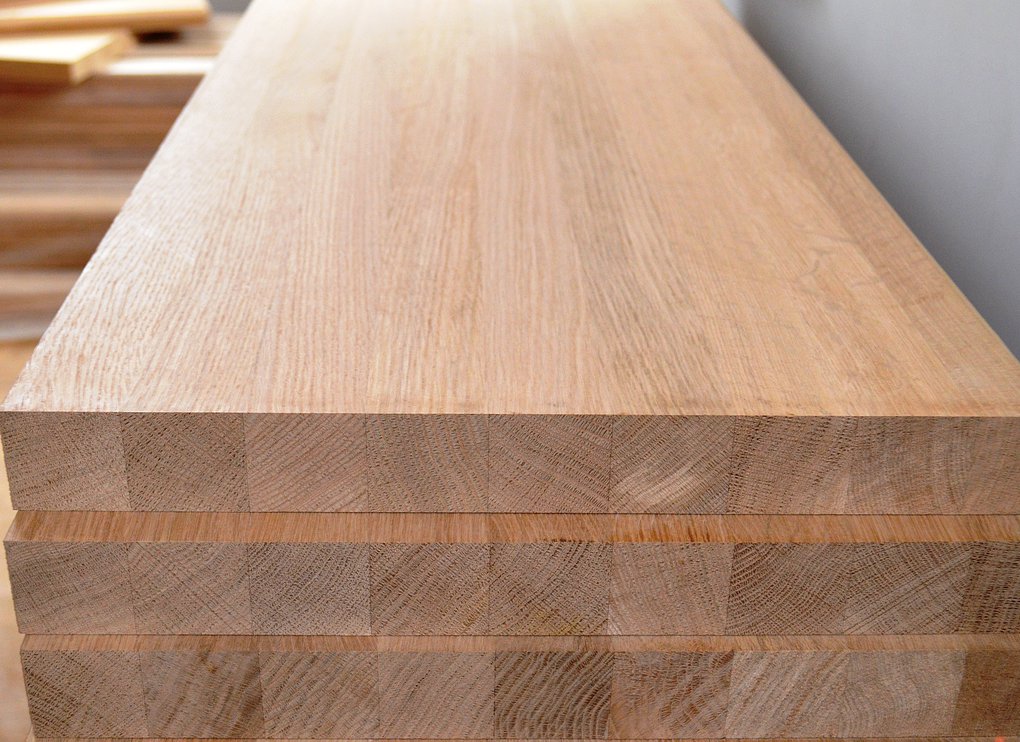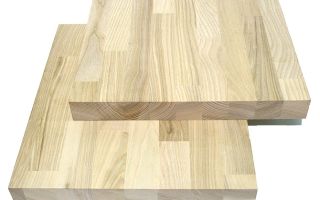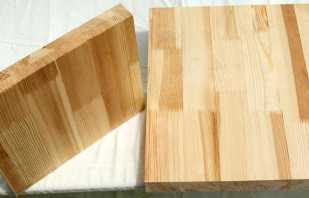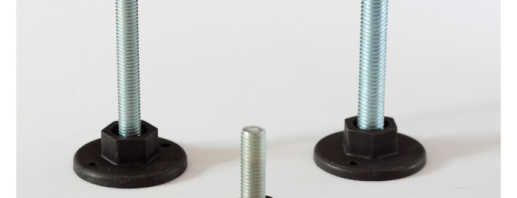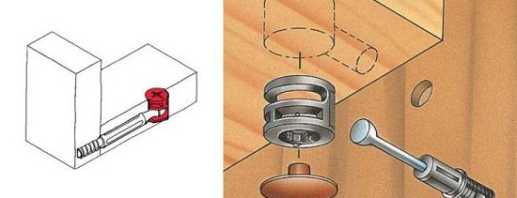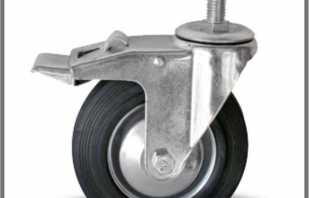What are the sizes of furniture panels, depending on the type

Using solid wood in the manufacture of furniture or home decoration can be quite expensive. The alternative in the form of a furniture board significantly reduces the cost of production, despite the fact that the basis of the product will be environmentally friendly raw materials of high quality. Such an element as a furniture panel has different sizes, depending on the method of production, so it is not difficult to choose the material suitable for your purposes. This type of material is used for the manufacture of decorative interior details, door leafs, window sills, countertops, stairs, garden furniture, cabinet and modular. In relation to furniture panels, GOST standards are applied for processing raw materials from wood. A furniture plate can be considered a composite material similar to plywood or chipboard, provided that the latter were made of valuable wood. The structure and properties of the product are very multifaceted. The most popular products on the market are products based on pine, spruce, oak, ash, birch.
Content
Characteristics of furniture panels
In order to correctly select material for further work, you need to have an idea of the characteristics. Furniture panels - you can also find the name “furniture plate” - are divided into 2 large groups:
- whole-lamellar shields - characterized by the fact that the lamellae cut from the board are selected whole for the entire length of the finished product. You can still find the term "monoblock";
- spliced type - this is when the bars of the lamellas spliced in length.
Within the last group, several more types are distinguished, depending on the fused layers:
- woody layered;
- three-layer;
- with plywood inserts;
- with inserts from slats;
- monoplates economical.
The characteristics and dimensions of furniture panels manufactured by manufacturers can have different effects on the application and calculation of material consumption.
As an example, we can consider the possibilities of a shield on lamellas. In this case, the product may have the following set of characteristics:
- it will be done by joining the lamellas in length or in width. If the design involves laying out the lamellas relative to the width, they can have ranges of sizes in millimeters: 100-110, 70-80, 40-45;
- if the plate was made whole, then the length of the sheet can be up to two meters, and if an assembly of lamellas was used, then up to five meters;
- the thickness of the sheet will be from 18 to 40 mm, but if the project requires, manufacturers can make each other the necessary options;
- humidity level varies depending on the type of wood and batch within 6-12 percent. The optimal level is 8 percent;
- grinding quality is expressed in the degree of granularity. The valid range is from 80 to 120 units.
Focusing on the parameters of the characteristics, you can choose the best option and size, taking into account the subsequent finishing and processing of the finished product.Knowing the requirements for materials, you can correctly choose the material and thereby reduce costs for financial costs and expenses. Remember that cheap product options may have disadvantages that need to be addressed. Better options are purchased in perfectly prepared condition.
Important characteristics of a physical and technical nature that provide a qualitative advantage of furniture boards over other types of materials include:
- high quality of compatibility with other types of materials;
- the surface of the boards is polished with high quality, therefore, it is excellent for coating with both opaque and transparent compositions.
Furniture manufacturers choose this type of material when it is planned to manufacture complex structures that are characterized by the presence of threaded connections, special cut shapes and the complexity of structures made of furniture. Particleboard is not suitable here, but furniture panels can cope with their tasks perfectly.
Standard sizes
The dimensions of the furniture board are not regulated by GOST, however, manufacturers, working out the internal standards of products, proceed from consumer demand. Thus, we can say that the minimum possible size of the plate can be:
- length - 50 mm;
- width - 100 mm.
Despite the seemingly miniature dimensions, such a sheet is very in demand on the market, as it allows you to perform a wide range of tasks in construction and finishing works.The largest shield can reach dimensions of 5000x1200 mm. Such large sizes are ideal when finishing a large area. When purchasing such material, you will need high-quality equipment to produce an accurate cut.
Standard dimensions of furniture board (mm):
- 600x1200, 2000, 2400, 2700;
- 500x1000, 1200, 2000, 2400, 2700;
- 400x600, 1000, 1200, 2000, 2400, 2700;
- 300x600, 800, 1000, 1200;
- 250x600, 800, 1000, 1200;
- 200x600, 800.
For convenience, manufacturers often use step-by-step gradation of the sizes of furniture panels. For example, in the range from 900 to 5000 mm, the length will vary in increments of 100 mm.
Width
The standard width of furniture panels is considered to be 200, 300, 400, 500 and 600 mm. This parameter determines whether the part will be solid or composite. If the width is planned to be non-standard, then the manufacturer and the customer agree on the maximum deviations for the parameter. At the same time, it will be more difficult to make a shield from a board with a non-standard width than when using lamella bars. The most common are the following options for furniture panels.
|
|
|
The width of 250 mm is less common, it can be said that such a width is some deviation from the standard: 250x600, 800, 1000, 1200 mm.
Length
The length parameter of the furniture board plays a role when it is necessary to calculate the height of the future product. If the basis is a board connecting in length, such a material will become a reliable basis for the case of future furniture.
Furniture panel of standard length will be equal (in mm):
- 2000, 2400, 2700;
- 1000, 1200;
- 600, 800.
A building component board is considered to be a product that is 2000-4000 mm long. Parameters equal to 800 and 2500 mm are also in great demand on the market.
Thickness
When it comes to the thickness of the furniture plate, during its production it is necessary to take into account that the initial thickness of the boards will necessarily be planed and sanded, which will take the top layer of material. The so-called 5 mm allowance will be removed in 2 stages. First, external defects are removed, and after the sheet is subjected to finishing, so that the surface acquires perfect smoothness.
The thickness is selected depending on the purpose of the parts to be manufactured:
- 16 mm - facades, countertops, body parts, economy class;
- 18-20 mm - standard class. In addition to the above, headboards can be made;
- 30-40 mm - standard and luxury classes. Support and body parts, countertops, seats, armrests.
Thickness is the main category that affects how the material is used. Moreover, the larger the parameter, the more expensive the lumber will be. A high-quality product can withstand a decent load, but if you choose the wrong one, it is very likely that the shelf or bottom of the box will break under the weight of things.
Custom sizes
Considering that each manufacturer initially approves its own technical specifications for which it further standardizes the production of furniture panels, in this case, non-standard sizes will be considered those that go beyond the previously regulated framework. In this case, it will depend on the production capabilities of the enterprise and its equipment.
Non-standard sizes will be in demand for individual design projects that go beyond the scope of the required parameters in terms of use. An example is mini options 50x100 mm, or a shield with a length of 5000 mm with a standard parameter of 3500 mm.
Small caliber can be used for the manufacture of decorative or small elements of furniture decoration. Large samples - used in the manufacture of cabinet and built-in furniture. A large sheet will be devoid of seams, which means the surface will look as attractive as possible.
Division into classes
As previously mentioned, there is no single GOST with regard to the parameters of furniture panels. Each manufacturer, based on existing standards GOST 8486-86 and GOST 2140-81, has the right to establish their own technical conditions of production. Conventionally, furniture panels, regardless of material, are divided into 4 classes, which can also be called varieties;
- C class or Economy - a lamellar or spliced type shield with small defects that do not significantly affect the general mechanical properties of the product. It can be small spots, cracks, knots. Suitable for subsequent veneer coating, lamination;
- Into the class - allows the presence on the canvas only healthy knots. Made by splicing lamellas. The selection of the drawing texture and shade do not;
- And the class is a shield of a spliced type of lamellas of the "spike" type. Knots and other wood defects should be absent. The uniformity of tone and the nature of the pattern are important;
- Extra class - whole-plate type shield, without defects and knots. Lamels are selected by color, tone, texture.
It also happens that the 2 sides of the same shield differ in class. In this case, resort to fractional lettering to indicate each side of the shield to its class. For example: AB, BB, A / B, B / C. Mechanical damage to the slab is not allowed in any of these grades. Also, regardless of class, the boards are sanded and completely ready for coating.
The modern construction market offers a wide range of furniture panels that will help to implement any projects for the creation of furniture and interior decoration. A high-quality furniture panel will have a perfectly even surface, which is perfect for painting or coating with a colorless transparent base. The main thing is to choose one that will fully correspond to the idea in terms of parameters and type of wood.
Video


